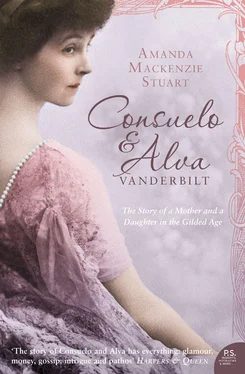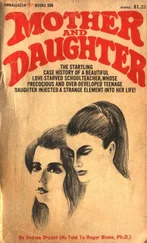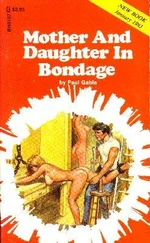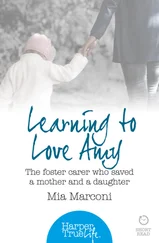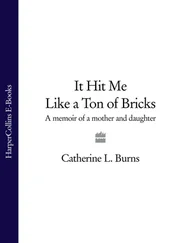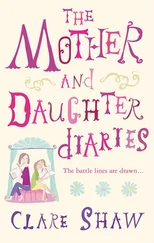1 ...7 8 9 11 12 13 ...37 As often seems to happen in periods of intense social mobility, a self-defined social elite emerged quite suddenly, as those who had been there longest, and felt they had the best claim to be top of the pile, pulled up the social ladder. It was the queen of this society resistance movement who swept up the aisle of St Thomas Church as guest of honour at Consuelo’s wedding on 6 November 1895. Mrs Caroline Schermerhorn Backhouse Astor, the Mrs Astor, was born into the Schermerhorns, an old Dutch family who were already entertaining and patronising the arts when the Commodore started the Dispatch Line. A generation older than Alva (there was a twenty-three year difference), Caroline married new money in the form of William Backhouse Astor in 1853. She immediately set about de-vulgarising Mr Astor, whose fortune was derived from furs, pianos and Manhattan slums. She persuaded him to drop the ‘Backhouse’ and ‘Jr’ and moved him north to 350 Fifth Avenue. This house famously had a ballroom into which she could squeeze 400 people, eventually giving rise to the idea that New York’s elite comprised ‘the Four Hundred’. 64
Caroline Astor was essentially a conservative. Though she was aware that society needed new blood, she felt that New York social life should be conducted much as it had been by her great-grandmother a century earlier. Many in her close circle were descended directly from Dutch settlers. But even the ‘Knickerbockers’ could fall out of favour with Mrs Astor, however, and some simply refused to opt-in. It was Mrs Astor’s considered opinion that New York society would be fatally undermined if vulgar wealth alone was allowed to dictate the social agenda. In her view, it was essential to harness the power of money, tame its owners, and show them how to behave if standards were to be maintained. Unharnessable individuals such as the Commodore, and by extension, his family, were not to be admitted to the Four Hundred. Indeed, Mrs Astor regarded the Vanderbilts as just the sort of people New York should rally round to exclude. At the same time, however, Mrs Astor was not immune to the effect of the new money swirling round New York. She was, after all, married to Mr Astor. The effect of this was that, with very few exceptions, wealth became a sine qua non for anyone wishing to participate in Mrs Astor’s elite circle.
By 1870, when the Smiths had returned to New York, Mrs Astor’s power was reinforced by a symbiotic relationship with Ward McAllister, a southern gentleman of quite remarkable fatuity who self-consciously modelled himself on Beau Nash, arbiter of society elegance in another period of intense social mobility in eighteenth-century England. Confronted by rows of post-war millionaires, this self-styled dandy took it upon himself to tell them quite explicitly how to stop living like vulgarians, acting as spokesman for Mrs Astor – who never pronounced in public (he referred to her as his ‘Mystic Rose’). His advice extended to how to dress, what to eat, how to serve wine, how to provide suitable music, correct etiquette, and forms of address – in short, he provided ‘a code of manners that would act as the constitution of upper-class social life in America’. 65
For over a decade, from the early 1870s, this odd couple held extraordinary sway. As wealthy New York went through a social convulsion in the years following the Civil War, Ward McAllister and Mrs Astor acquired the power not simply to constrain but to exclude. They did this partly by setting up ‘the Patriarchs’ – a committee of twenty-five New York society gentlemen, whom Ward McAllister persuaded to draw up guest lists for three exclusive subscription balls at Delmonico’s each year – balls that were modelled on those held at Almacks in eighteenth-century London. The Patriarchs’ guest lists in turn defined New York’s social elite. Behind the scenes, Mrs Astor almost certainly had power of veto over the names on Ward McAllister’s committee, and dictated indirectly just who could be asked to the Patriarchs’ balls. From 1872, for about two and half decades, membership of New York’s elite was thus largely determined by Mrs Astor’s family relationships, Mrs Astor’s friendships, and those in the world of business Mrs Astor deemed suitable for membership.
The evolution of society and social life in this highly monopolistic direction created great difficulties not just for the younger Vanderbilts, but also for the Smiths as they returned to New York from France. Their presence in New York did not go back even one generation, and they were not acquainted with Mrs Astor. It was of little use that their main point of contact with rich New York circles was the department store owner A. T. Stewart, since Mrs Astor excluded Mr and Mrs Stewart from her drawing-room, remarking sniffily: ‘I buy my carpets from them, but then is that any reason why I should invite them to walk on them?’ 66 The Smiths could not rely on business connections either, for in spite of the fact that Murray Smith was one of 300 members of the Cotton Exchange in 1871, and remained a member of the Union Club, his southern background put him at a disadvantage after the Civil War and he may have severed many of his old links by conducting much of his business activity outside the US between 1866 and 1869.
Then, just at the moment when the financial bar to participating in the top drawer of New York society was raised to eye-watering levels, Murray Smith’s business started to fail. Whereas Commodore Vanderbilt relished the atmosphere of economic boom in the 1870s and thrived, Murray Smith was defeated. Smith may not have been a particularly effective businessman in the first place; according to Alva, her father was never able to come to terms with the new dog-eat-dog spirit of mercenary capitalism abroad in the land. ‘He could not stoop to the new methods which to him seemed underhand,’ she wrote. ‘Nor was he trained in the arts of clever manipulation by which big deals were put through. His inability to meet these changes resulted in a great change in our circumstances.’ 67
Murray Smith was forced to tell his children that the family must retrench. One outward sign was that the houses they rented went steadily downwards in terms of status from 1869 onwards. As New York’s aristocracy moved north, the Smiths moved south and away from Fifth Avenue, so that by 1870 they were living at 14 West 33rd Street. In 1871, there was another terrible blow. Phoebe Smith, who had many of the characteristics of a frontier mother, would probably have been able to find a way of hacking through the social jungle and steering her daughters towards Mrs Astor. She was unable to withstand a severe attack of rheumatoid arthritis, however, and died at the age of forty-eight. Alva was eighteen and was left grief-stricken and feeling that she had lost the only person in the world who really understood her.
In her biography of Samuel Pepys, Claire Tomalin observes that families often select one child on whom they pin their hopes; but that sometimes the child who is not preferred in this way elects him or herself as a saviour of the family. 68 In the Smith family, hopes had been pinned on Murray Jr, the brother who died aged thirteen. Now, with her mother’s death, Alva elected herself to save her family in his place:
I remember as I stood by her coffin and gazed upon the being that had been everything in my life, to whom I had given so much trouble, and who had borne my follies with so much patience, interest and love, I felt I owed her a great debt … But I knew, too, that if she could, she would ask that I should not content myself with grieving for her, that she would wish that grief should become on my part a determination to do as she would have me do if she were still living beside me … And I solemnly vowed to do my best always to carry out the wishes I knew would have been hers. 69
Читать дальше
